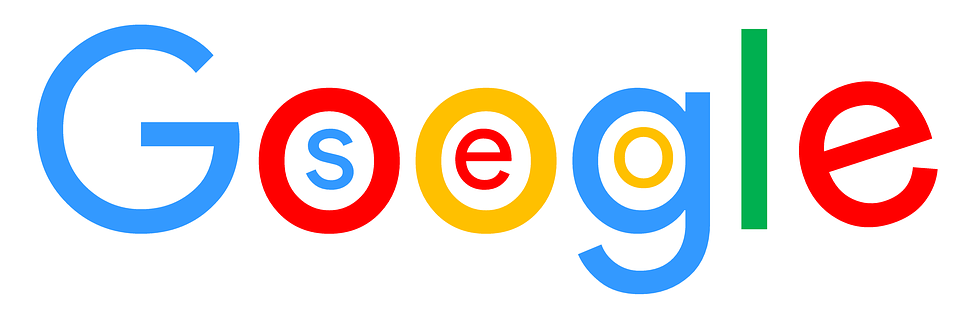Becoming a PPC specialist takes time and, no matter how great your campaign is doing, there are always subtle errors you may have missed out on. Common PPC mistakes can make experienced practitioners wince, but the truth is they’re easy to commit. These errors are also, fortunately, straight forward to correct.
In this post we’ll take a look at 11 common PPC mistakes which you may have inadvertently stumbled into. If you have, no problem. We’ll tell you how to correct those errors in order to maximise your campaign.

1. Not Measuring ROI
Naturally, you absolutely have to measure the ROI of your AdWords campaign. Not doing this kind of defeats the point of being on PPC. It wastes money, time, and you can be running ineffectual campaigns without even realising it. You’ll also fail to realise which campaigns are doing really well, so altogether this is a no go.
You need to track conversions. Set your sales and other goals, then get yourself familiarised with Google Analytics so you can set it up to track your goals. From there you can change your campaigns at will. Enjoy experimenting!
2. Targeting Broad Keywords PLUS Keyword Overload
Early starters can end up paying a huge amount to get to the top spots on SERPs – with the wrong keywords. This looks great but usually means you’re not generating enough revenue. What you can do instead is head to AdWords with a batch of long-tail keywords and expand your campaigns to keep keywords around ones which have a good ROI.
Merged with this, keep to ad groups of less than a dozen keywords as this can stop them being forced to unrelated phrases/words.
3. Skipping Remarketing
Visitors who didn’t do anything on your site can be digitally pursued, and they should be! This is known as remarketing.
There are two types. RLSA, which is about remarketing to people on the search engine for your search ads. The second is Display Remarketing, which is on the Google display network. Utilise both features and you can boost conversions in no time, as visitors are often swayed by reminders of your company’s overall excellence.

4. Using Your Homepage for a Town Meeting
You can end up with high bounce rates and missed revenue if you hurl all of your visitors to your homepage. Take time to cultivate your following as every visitor should land on an appealing page. This can help send people further into the site as well as dropping those dreaded bounce rates.
5. Not Running Ads on the Search and Display
Formatting for Search and display on AdWords needs an inventive approach – always. The ads you create have to follow industry standards (you can’t try radical CTA based things, CAPS FOR ATTENTION GRABBING, or other dubious tactics), but within this remit you can be creative and get the brand’s products or services across.
6. Ignoring Negative Keywords
Do bear in mind each click costs your company money. If someone has a gander at your page when your campaign isn’t optimised for negative words, you’re going to lose out.
To get around this include canny wording with your keywords. This helps keep your brand away from people who aren’t necessarily going to convert; it’s basically a type of keyword which keeps your ad away from certain phrases. This should help keep everything on track.

7. Not Rotating Ad Variation Displays
For split testing most brands make several ad variations – it gives good feedback and helps ROI. From this Google boosts the ad which will probably perform well. There’s a drawback to this as you might not get a fair result in the test. Which would be annoying.
These things can be avoided, as always, and a quick visit to AdWords’ Advanced Settings brings up the Ad Rotation options. Rotate Indefinitely is the one you’re after – this will keep things running smoothly and make for excellent reports.
8. Not Bothering with a Full Range of Ad Extensions
Google pointed out site link extensions increase CTR by upwards of 20%!
You can set up a range of extensions in your ads which shout out to SERP visitors. Make sure you take full advantage of these as you can include the likes of site links, location, phone numbers, and call outs. This can help bulk up your ad and make it more prominent, boosting your CTRs and ultimately (if everything’s going well) conversion rates.
9. No Positive or Negative Targeting AND No Targeting at All
You may not necessarily want to have your ads turning up everywhere geographically, for whichever respective reason. You can, and should, target your demographic particularly well with positive and negative targeting. Positive will reach users in geographic locations you want to be seen in, and negative steer you clear.
Ads need to appeal to locations, devices, and the right language. If you’re failing on this then use AdWords to get you back on track. In the advertising settings you can select language features, choose appropriate devices, and locations settings. This helps if you’re a local business attempting to appeal to your community, but the options are there for an international flavour.

10. Not Bidding on Brand When Competitors are Bidding for Yours
This is as it sounds. If you’re not bidding on brand when competitors are bidding for yours, it’s time to sort this out.
You should have a campaign dedicated solely to your brand keywords. The benefit of this bidding is they are pretty cheap, which is always a bonus (this is based on your quality score). They also convert very well compared to non-brand keywords. Again, this all helps to keep you at the forefront.
11. Mobile Specific Ads
As most of us are well aware, there has been an explosion in smartphone popularity over the last few years. As a brand you should be targeting mobile users (who now number in their tens of millions).
You do have to make sure the ads are shorter, due to the smaller screen size, which means you have 25 characters for descriptions one and two, and the headline. Get creative to overcome the limitations.
